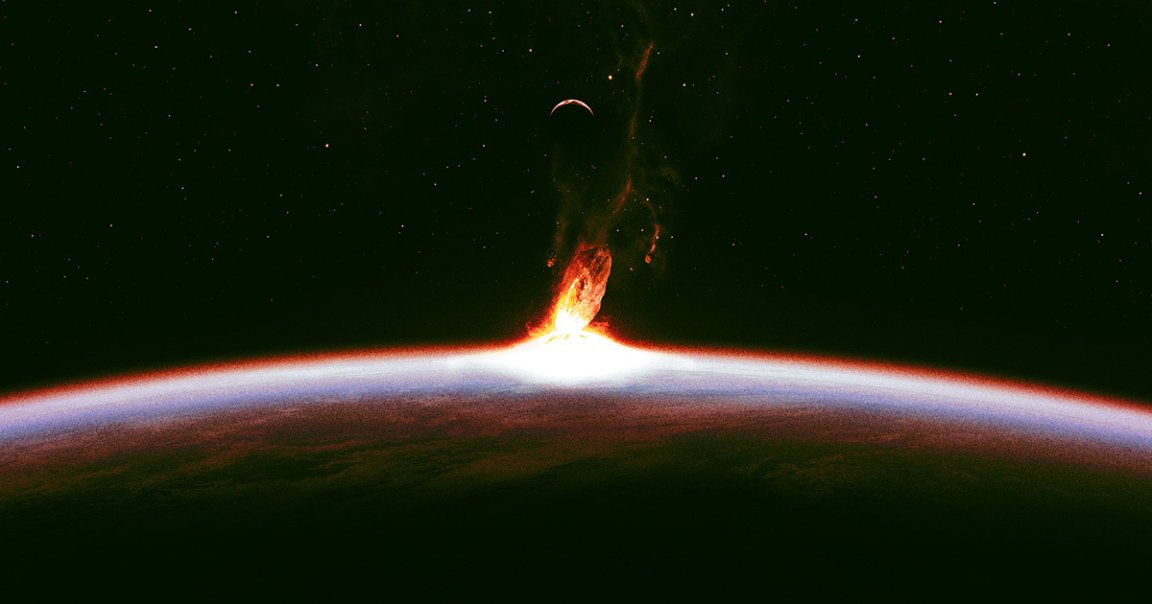
Remember the potential “city killer” asteroid we were all freaking out about, 2024 YR4? Initially predicted with a small but unsettling chance of hitting our planet seven years from now, astronomers eventually ruled out that apocalyptic outcome once they were able to get better observations.
But the saga’s not over. 2024 YR4 will be back for another pass, Athabasca University astronomer Martin Connors writes in an essay for The Conversation — and there’ll be others like it.
As Connors explains, YR4 exhibits what’s known as “orbital resonance” with Jupiter, meaning that it moves at a multiple of the speed of the gas giant. While Jupiter takes roughly 12 years to orbit the Sun, asteroids like YR4 only take four, putting it in a 3:1 resonance.
The upshot, in an “Armageddon” context, is that resonant asteroids close enough to cross Earth’s orbit will have multiple attempts to hit the bullseye.
“Among asteroids, we must pay special attention to resonant ones, such as 2024 YR4, because eventually, they’ll be back,” Connors wrote.
The 3:1 resonance with Jupiter is special, because for a century it appeared that there were no asteroids in the asteroid belt that exhibited this pattern, as well as at other seemingly arbitrary resonances like 5:2 and 7:3.
Astronomers began to pull back the curtain on this phenomenon, dubbed Kirkwood gaps, in the 1970s. Any asteroids that ventured into these specific resonances, they determined, would either crash into an inner planet like Earth or be booted out by flying too close to them, giving the appearance of a “gap.”
As it turned out, the Kirkwood gaps weren’t completely empty. A whole classification of asteroids called “Alindas” was recognized for objects in a 3:1 resonance with Jupiter, Connors wrote. They’re named after the absolutely enormous asteroid 887 Alinda, first discovered in 1918. At roughly 2.5 miles across, 887 Alinda would cause an extinction-level catastrophe if it struck Earth. In January, it menaced us with its closest approach in one hundred years.
Not all Alindas are aligned to cross paths with our planet, however. “A limiting factor is how tilted their orbits are: if they are quite tilted, they are not often at a ‘height’ matching Earth’s, so are less likely to hit,” Connors explained. “The bad news about that is that both Alinda and 2024 YR4 are very nearly in the plane of Earth’s orbit, and are not tilted much, so are more likely to hit.”
Fortunately, it’ll be a long, long while before Alinda will have a chance of nearing Earth — not for another 1,000 years, according to Connors.
As for 2024 YR4, it’ll whiff its chance to take a city off the map in 2032. And after it does, it’ll be nudged out of its Alinda orbit — that is, its 3:1 resonance with Jupiter and 1:4 resonance with Earth — by passing too closely. That means it won’t be haunting us every four years anymore. But humiliation is often the stuff that forges a villain, and it’ll still come back. Just not as often.
More on asteroids: First-Ever Asteroid Mining Mission Loses Contact With Earth